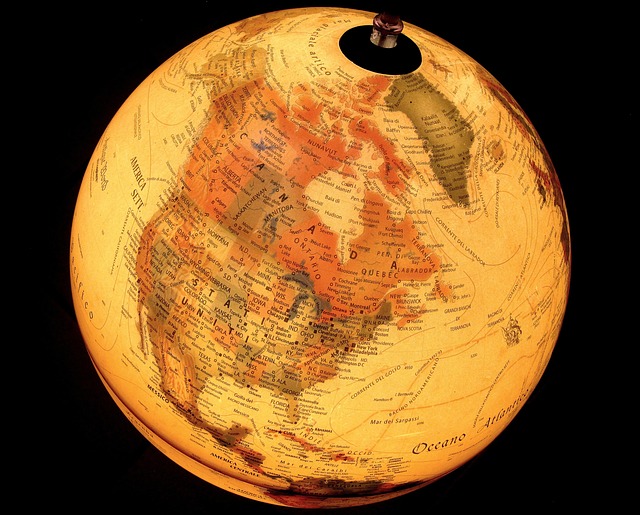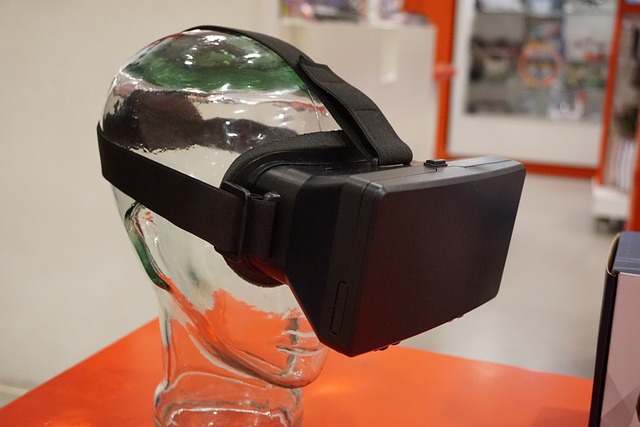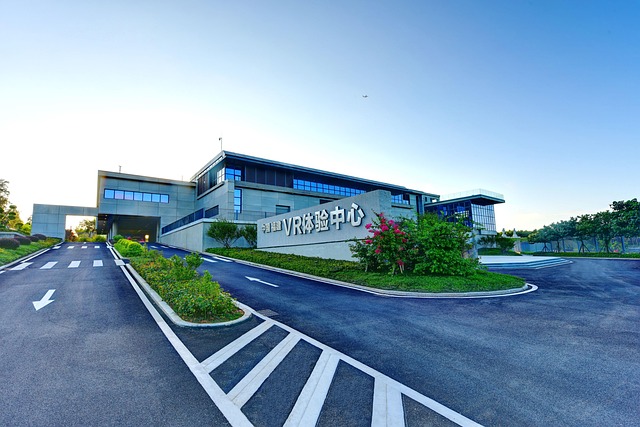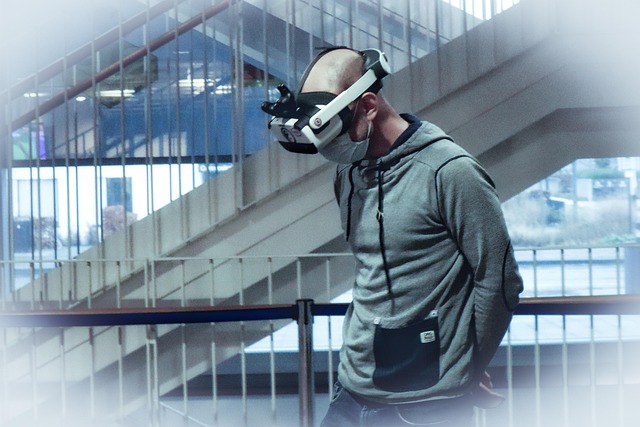
Exploring the Virtual Realm: A Look into VR Geography in Gaming
The immersive world of gaming has always been a wondrous escape from reality, but with the advent of virtual reality (VR), this experience has evolved into a breathtaking adventure that engages all our senses. As gamers, we now have the opportunity to step into astonishing realms that expand our understanding of VR geography—landscapes that are not merely visual simulations, but rich, interactive worlds filled with history, culture, and exploration.
VR geography transcends traditional gaming mechanics, allowing players to traverse vast terrains that mimic real-world environments. Picture the lush forests of a distant land, the towering peaks of majestic mountain ranges, or the bustling streets of futuristic cities—all crafted with meticulous detail. This new dimension in gaming encourages players to physically move, look around, and engage with interactive elements, transforming them into active participants in a fully realized universe.
Augmented reality (AR) builds on this concept by overlaying digital experiences onto the real world. Through AR, we can turn our immediate surroundings into a playground, blending the virtual with the actual. Imagine navigating a bustling city while your mobile device highlights historical landmarks and geographical facts, enriching your understanding of the locale in real time. This convergence of VR and AR has opened up exciting possibilities for education and exploration, allowing players to engage with geography in ways previously thought impossible.
The metaverse represents the pinnacle of this evolution, acting as a vast, interconnected digital universe that combines various elements of VR geography. It offers endless opportunities for social interaction, exploration, and creativity. Gamers can create bespoke environments, explore each other’s creations, and interact in shared spaces, blurring the lines between gaming, social media, and our everyday reality. In this digital frontier, players can visit fantastical worlds, experience landscapes inspired by different cultures, or engage in historical simulations that bring the past to life.
Moreover, these advancements in VR geography have significant implications for other sectors, including education, urban planning, and environmental awareness. Imagine geography classes taking place in virtual field trips, where students explore the Amazon Rainforest or the Sahara Desert without leaving their classrooms. Urban planners can visualize and simulate city designs, assessing their ecological impact and improving community engagement. The awareness of geography, culture, and environmental issues can be taken to a new level, fostering empathy and understanding among players.
As we continue to push the boundaries of technology, the future of gaming looks incredibly promising. The ways in which we experience and interact with VR geography are set to evolve, enhancing not just the gaming experience but also our connection to the world around us. So, strap on that VR headset, open your mind to new realms, and prepare to explore landscapes both familiar and extraordinary. The adventure in the virtual realm awaits!



